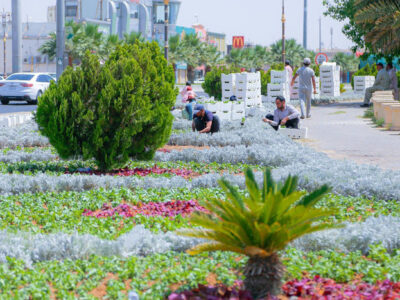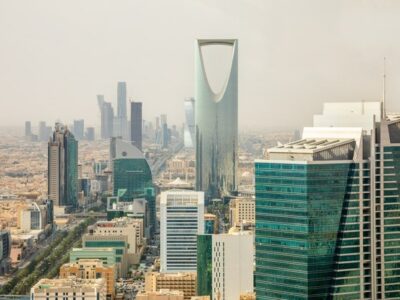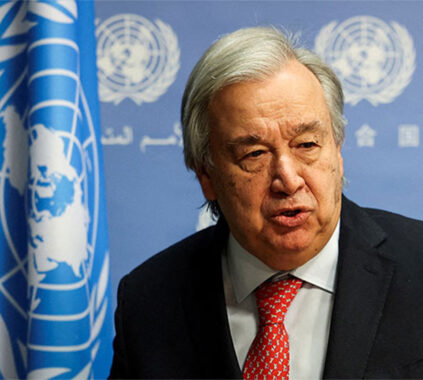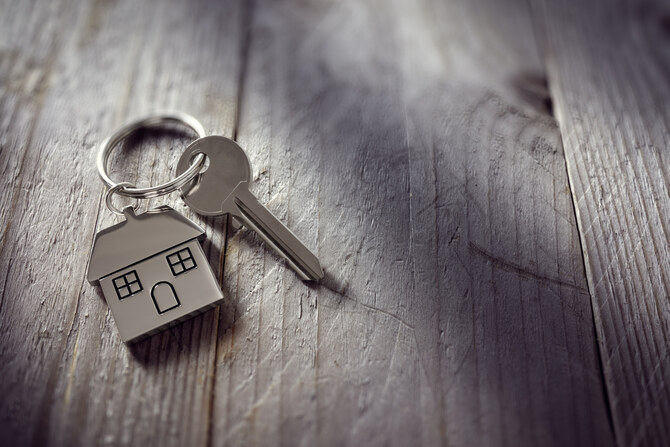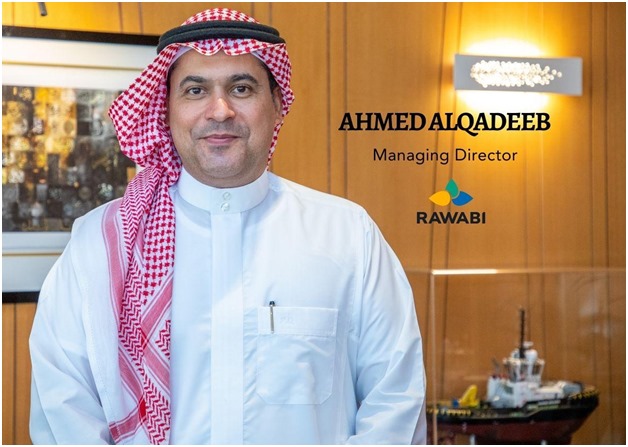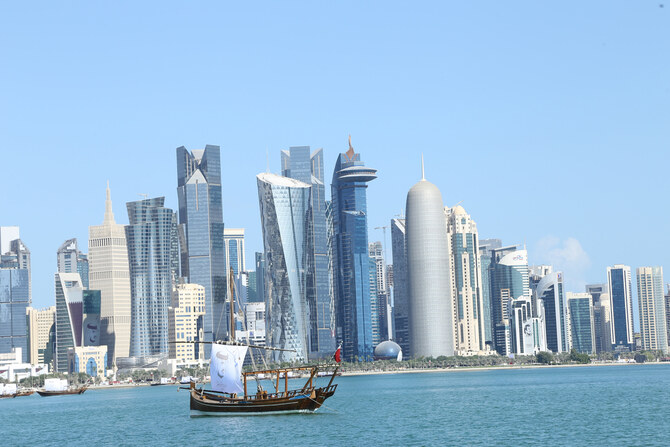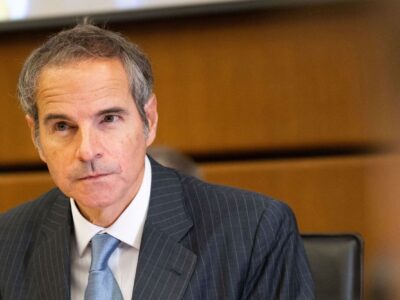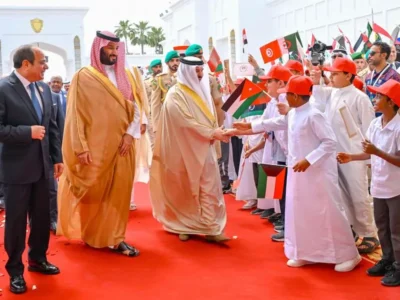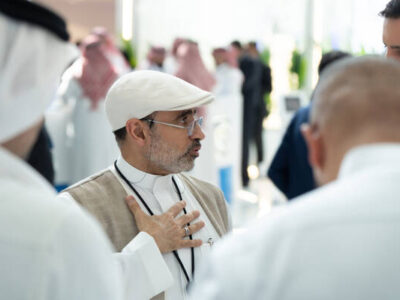According to the Saudi Press Agency, the development department of Imam Turki bin Abdullah Royal Reserve has increased the numbers of animals, birds, and reptiles, relocated them, and otherwise restored the natural wildlife in northeastern Saudi Arabia.
Since the animals were freed to flourish, resume their natural functions, and procreate, conservation efforts to save endangered species including the Arabian oryx, sand gazelle, houbara bustard, and red-necked ostrich have resulted in notable population gains.
The reserve’s vegetation cover has also increased, which is in line with Saudi Vision 2030 and the Saudi Green Initiative, which seek to enhance quality of life and safeguard future generations.
The percentage of vegetation cover has grown from 1.5% to 6.7% since 2018. According to the SPA, this expansion is the outcome of three fruitful desert afforestation initiatives that were finished in 2023 and involved the planting of more than 593,700 trees.
The 91,500 sq. km reserve is home to a variety of species, including grasses, trees, and plants that are essential to the equilibrium of the environment. More than 179 plant species are found there, comprising 66 perennial and 113 seasonal variations.
Also Read:
Tabuk is Made More Beautiful by Trees and Flowers as Part of a Municipal Planting Effort
Grouper is the Most Popular Catch, and the Haql Fish Market Soars



